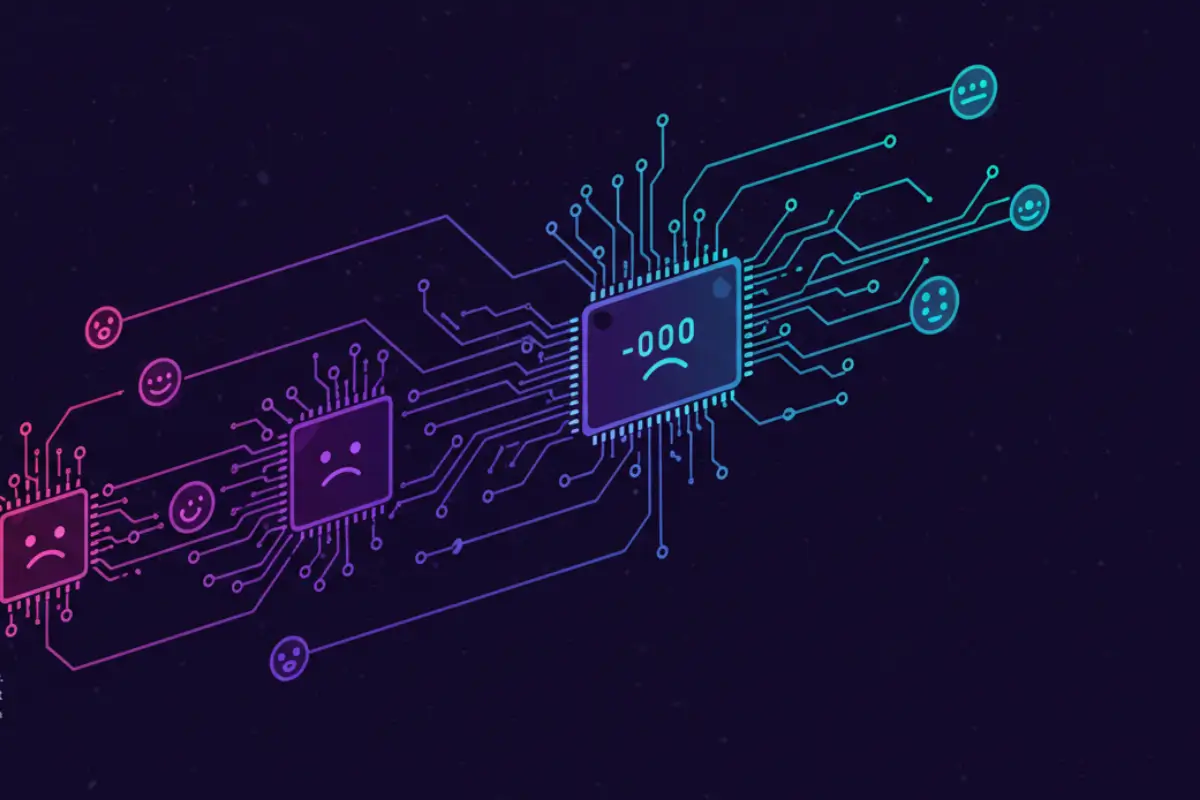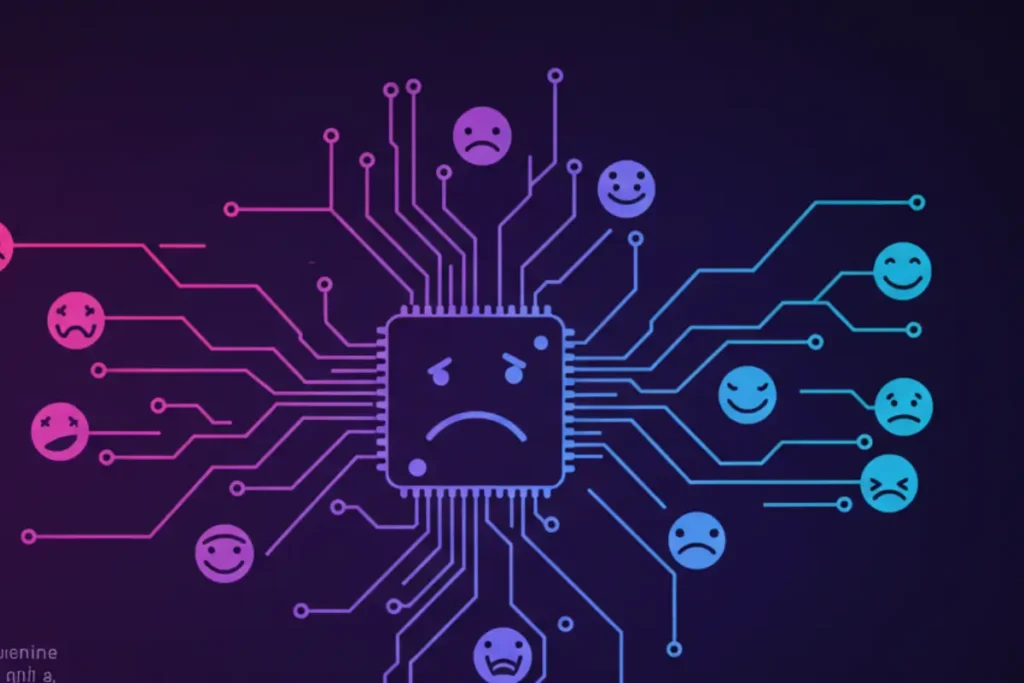How AI is Learning to “Feel” Emotions
- April 22, 2025
- 0
Can a machine ever truly feel? It’s one of the oldest and most fascinating questions in the world of artificial intelligence. For decades, AI was all about logic,
Can a machine ever truly feel? It’s one of the oldest and most fascinating questions in the world of artificial intelligence. For decades, AI was all about logic,

Can a machine ever truly feel? It’s one of the oldest and most fascinating questions in the world of artificial intelligence. For decades, AI was all about logic, numbers, and data—but now, the focus is shifting. AI is evolving to recognize, simulate, and respond to human emotions.
In this massive article, I’m going to take you through the heart of this transformation.
We’ll explore how machines are “learning” emotions, the science behind emotional AI, real-life applications, major challenges, and how this future might reshape our world.
Don’t forget to grab a snack, because this is one of those reads you won’t want to stop halfway through.

For most of AI’s history, machines were seen as cold, logical systems—incapable of understanding or relating to human emotions.
That’s changing. Welcome to the age of Affective Computing—a field where AI is learning to read facial expressions, voice tones, text emotions, and even body language.
Why is this happening now?
Imagine this: You’re talking to a chatbot, and it understands you’re sad—not just from your words but your tone. That’s emotional AI at work.
AI doesn’t actually “feel”—but it can analyze data that reflects our feelings. Here’s how:
You can even see emotional AI in action in apps for therapy, AI-powered games, and even robot pets.
➡️ Check out more about emotion-reading software at TechCrunch.

AI learning to “feel” opens up endless possibilities in our daily lives. Here’s how emotional intelligence in machines is changing everything:
➡️ You might also enjoy this related read on our blog: AI and the Evolution of Human Consciousness
Want to know where emotional AI is already making waves? Here’s a massive list of real-world uses:
And trust me, this is just the tip of the iceberg. Every year, emotional AI gets smarter, more intuitive, and more human-like.
➡️ See how AI is shaping storytelling in our article: AI-Generated Game Worlds: The Future of Infinite Gameplay

Now for the big question: If AI can detect emotions, should it? And can it ever truly understand what it means to feel?
Here are some major hurdles:
AI might understand that you’re sad, but can it truly care? The debate is ongoing.
➡️ Explore more on ethical implications with this great article on Scientific American.
This is the most philosophical part of the journey. Some scientists believe that true AI emotions might only come with Artificial General Intelligence (AGI)—when machines reach human-level thinking. Until then, emotional AI is more about simulation than experience.
Still, researchers are exploring advanced neural networks that might one day simulate emotional consciousness. It’s not science fiction anymore—it’s a possibility.
➡️ Want to know more about AGI? Read our article: The Path to Artificial General Intelligence (AGI)
Emotional AI is not just about making machines smarter—it’s about making them more human. Whether it’s a friendly robot that knows when you’re sad, or a game that adapts to your mood, this tech is reshaping how we interact with the digital world.
Still, we must tread carefully. Like all powerful technologies, emotional AI must be built and used with wisdom, ethics, and empathy. The potential is incredible, but the responsibility is even greater.
If you liked this article, don’t forget to leave a comment, share it with a friend 🤖💬, and check out more amazing content on our blog. Sharing helps more people discover Futuristic Intellect and supports what we do.
👉 Share this now and explore more about our futuristic world!
➡️ Visit our partner site for tech lovers: Keyboards Technology